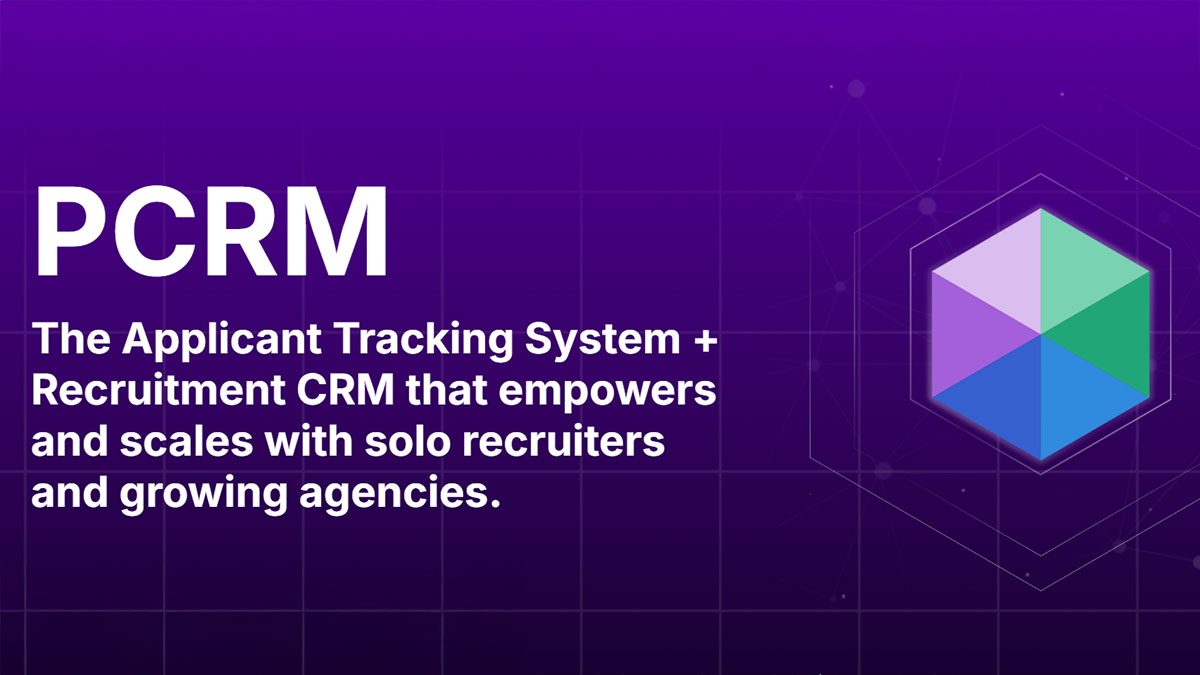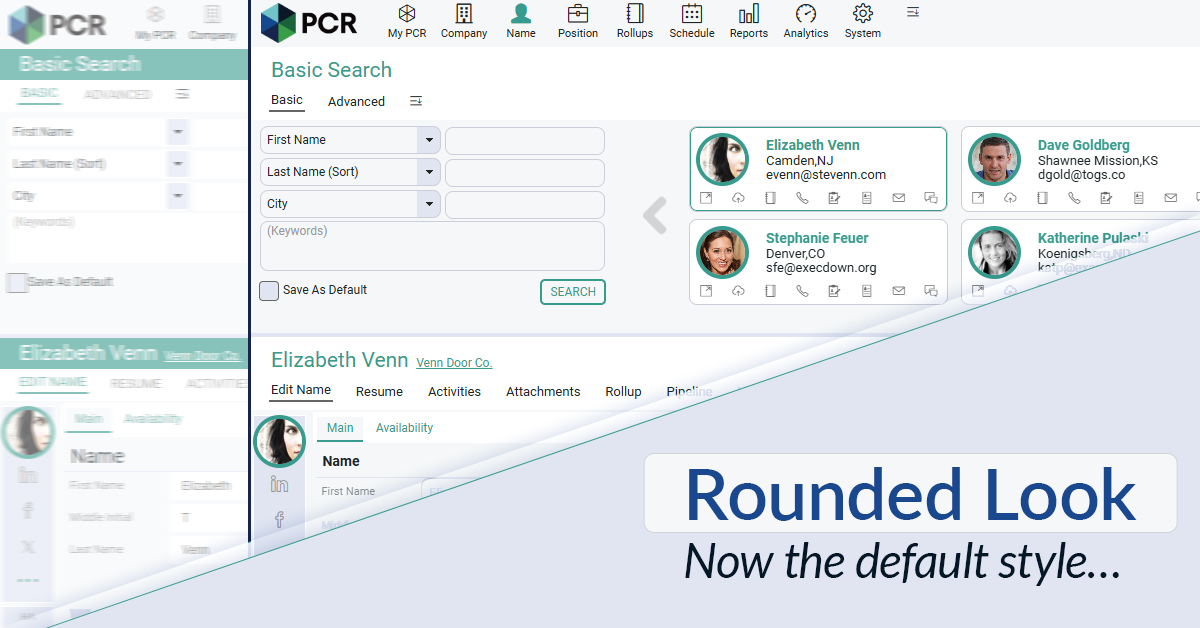Implementing recruiting software could help the government, companies and other organizations avoid the impending increase in recruiting costs.
As the number of jobs decrease and the number of people looking for work increases, it’s imminent that recruiting costs will soon begin to rise. The cost of recruiting public service employees alone is set to increase to $370 million per year.
NGA.net, an Australian software company, recently released a survey that found the number of electronic job applications received by Australian government departments during the last 12 months increased by 10 percent, although there was a 30 percent decrease in the number of new job postings.NGA.net chief executive officer Mike Giuffrida warned that increased competition would put pressure on government recruitment costs.
“As competition increases for fewer jobs, the task and cost of finding the best candidate will only become greater,” CEO Mike Giuffrida said in an article by Australia’s Government News. “In our experience, much of this recruitment expenditure may be unwarranted.”
Giuffrida said government departments, as well as other companies that may face recruiting cost increases, can update their recruitment software to reduce future costs.
“The next wave of e-recruitment technology promises to dramatically reduce recruitment cost and time by providing HR teams with enhanced analytical tools and a greater ability to automate crucial functions, such as internal reporting, merit-based assessment and on-boarding,” he said.
[show_ip]

PCRM — the CRM and Recruitment ATS hybrid built specifically to empower and scale with solo recruiters and growing agencies — is now available.
Read more
Recruitment professionals are facing a new challenge in today’s digital landscape: scammers posing as legitimate recruiters. These scammers are increasingly targeting remote work job seekers, causing some candidates to become wary of all recruitment outreach.
Read more
The Rounded Look for inputs and navigation elements has been made the default style throughout PCR. This rounded style can be combined with any of the seven color themes.
Read moreFind out more about who we and what we do.